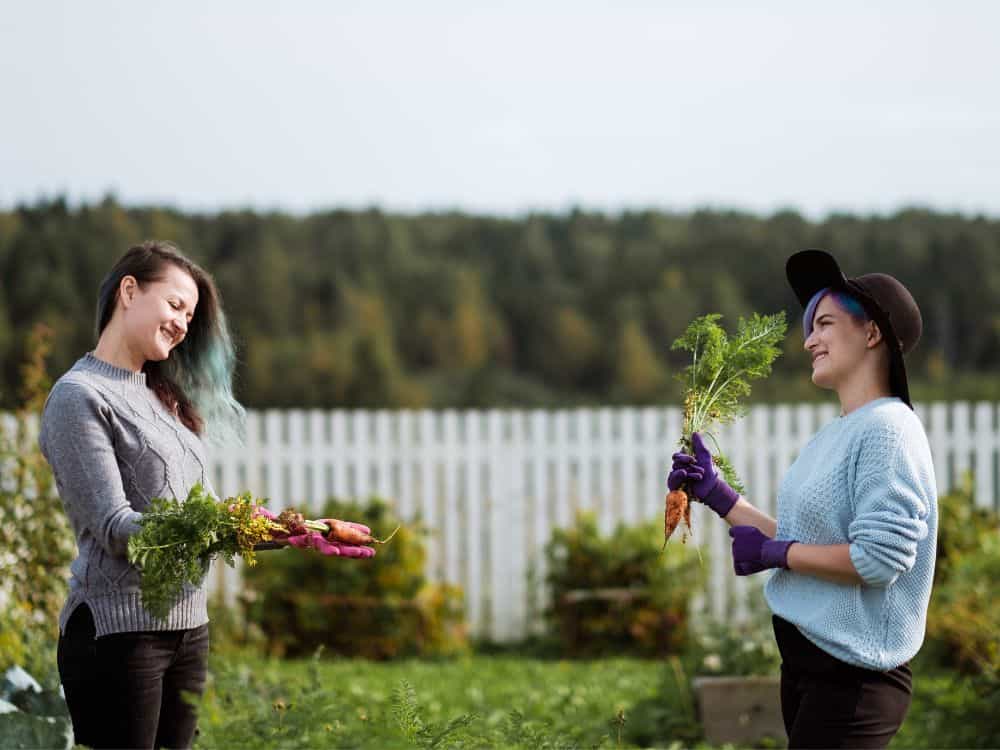In the world of homesteading, there’s something uniquely satisfying about cultivating your own ingredients for a delicious cup of tea. Making herbal teas from your garden not only connects you to the earth, but it also allows you to explore a variety of flavors and health benefits. Whether you’re a seasoned gardener or a curious beginner, this journey promises a blend of discovery and fulfillment.

The Joy of Growing Your Own Herbal Tea Ingredients
Imagine stepping into your garden and plucking fresh herbs for a cup of tea. This experience is not just about the end result but the entire process of nurturing your plants. From what is homesteading to preparing soil, each step is a labor of love that pays off in every sip.
Choosing the Right Herbs for Tea
Popular Herbs for Tea Making
Many herbs thrive in a home garden and are perfect for tea making. Chamomile, mint, and lavender are popular choices known for their soothing properties. Each of these herbs brings unique flavors and benefits, making them a staple in any herbal tea garden.
Understanding the Growing Conditions
Before planting, it’s crucial to understand the specific needs of each herb. Some prefer sunny spots, while others thrive in partial shade. It’s essential to tailor your garden to suit the herbs you’re growing, ensuring a bountiful harvest.
Planting and Caring for Your Herbal Tea Garden
Soil Preparation and Planting Tips
Good soil is the foundation of a healthy garden. Ensure your soil is rich in nutrients and has good drainage. This will help your herbs grow strong and flavorful. For more tips on soil preparation, check out root cellar storage ideas.
Maintaining Your Herbal Tea Garden
Regular maintenance is key to a thriving garden. Water your herbs appropriately, considering the specific needs of each plant. Pruning is also important to encourage new growth and maintain plant health.
Harvesting and Drying Your Herbs
When to Harvest Your Herbs
The best time to harvest herbs is in the morning when the essential oils are most concentrated. This will enhance the flavor and aroma of your teas.
Drying Techniques for Maximum Flavor
Drying your herbs correctly is crucial for preserving their flavors. Hang them in a dry, airy space or use a dehydrator for a quicker process.
Brewing the Perfect Cup of Herbal Tea
Simple Steps to Brew Herbal Tea
Brewing herbal tea is simple yet rewarding. Start with a teaspoon of dried herbs per cup of water. Steep for 5-10 minutes, depending on your flavor preference.
Experimenting with Flavors
Don’t be afraid to mix different herbs to create unique blends. The possibilities are endless, allowing you to craft a tea that suits your mood and taste.
Health Benefits of Herbal Teas
Understanding the Benefits
Herbal teas offer numerous health benefits, from aiding digestion to promoting relaxation. Each herb brings its own set of advantages, making them a natural choice for those seeking wellness.
Incorporating Herbal Teas into Your Routine
Regularly drinking herbal tea can enhance your daily life. It’s a simple way to enjoy the natural benefits of your garden.

Frequently Asked Questions
What are the best herbs for beginners?
Mint, chamomile, and lemon balm are great choices for beginners due to their easy-growing nature and pleasant flavors.
Can I grow herbal tea ingredients indoors?
Yes, many herbs such as mint and basil can be grown indoors if they receive enough sunlight and proper care.
How do I store my dried herbs?
Store dried herbs in an airtight container in a cool, dark place to maintain their potency and flavor.
For more information on sustainable homesteading practices, visit backyard homestead ideas and explore innovative ways to enhance your homestead.





